How Can We Help?
From an entire interior home renovation, to a new kitchen, we take care of everything. Call us today on 1300 450 320 or leave your details below to book your custom design consultation.
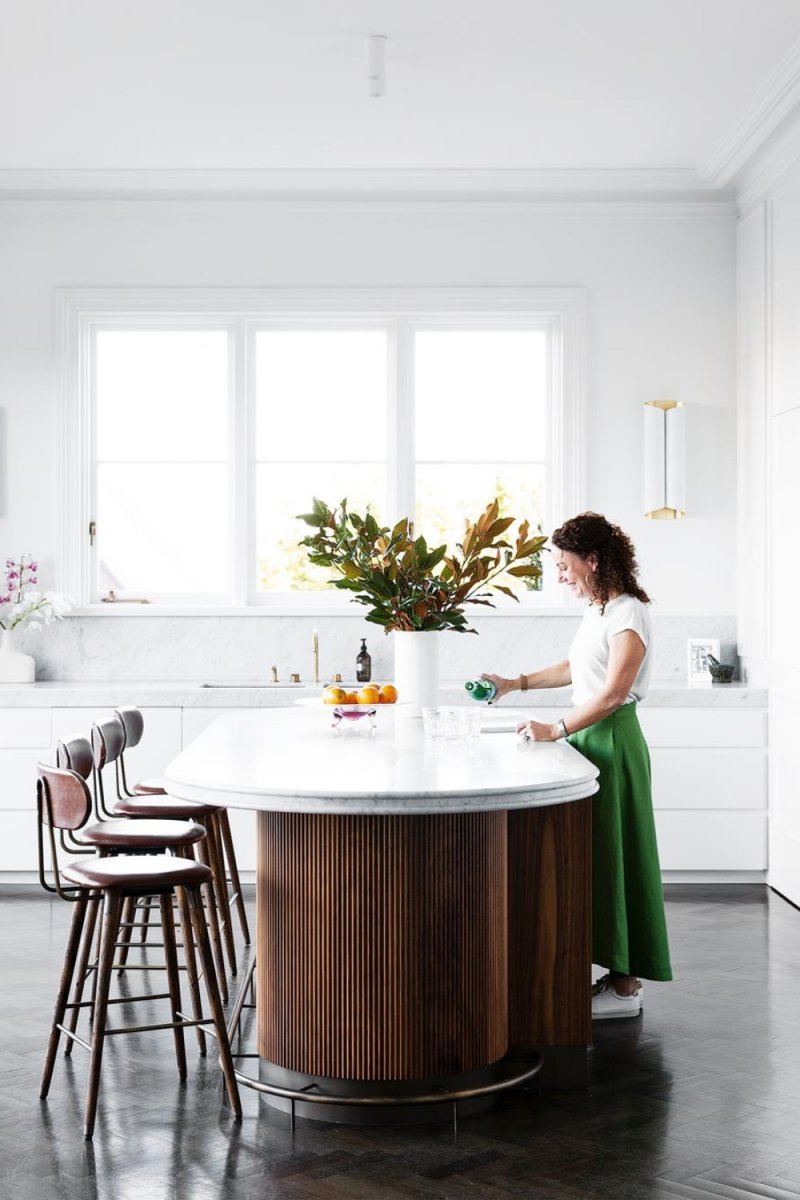
Cover Image Credit: Simon Whitbread Photography
Engineered stone surface materials have been a popular choice for home renovators in Australia and have served as a convenient alternative to natural stone for years, especially in hardworking rooms such as the kitchen and bathroom. Often more cost-effective than natural stone and considered easy to maintain due to its low porosity, engineered stone is scratch, stain and heat resistant.
With a wide range of colours and finishes to choose from, including some that accurately mimic the most intricate natural stones such as marble, it seems like, for a long time, engineered tops were the straightforward choice for kitchen, bathroom & laundry renovation work surfaces like benchtops and splashbacks. But the lustre is wearing off as the downsides to engineered stone have come to light. Workers who cut and file the stone are at increased risk of developing silicosis—a deadly incurable disease. The Australian government's health and safety ministers are considering banning engineered stone.
Fortunately, there are alternative solutions that can be used in place of Silica in the kitchen and bathroom renovation industry. Balnei & Colina's kitchen and bathroom renovation team is at hand to help you select surface materials that offer a safer alternative without compromising on quality or your desired aesthetic.
In this month's B&C Home Journal, we reveal the risks of Silica and explore some safer, more sustainable alternatives to help you make a more informed decision when selecting surfaces for your kitchen and bathroom renovation.
Robert Fonti
Director, Balnei & Colina
Balnei & Colina | Kitchen Renovation Malabar Sydney
Silicosis is a long-term lung disease caused by inhaling a fine dust containing Silica (aka crystalline Silica). Quartz is a type of crystalline Silica. Silicosis can be fatal, while exposure to silica dust can also lead to lung cancer and other diseases. Once fabricated and installed in your home, however, it has been reported that engineered stone poses no health risks.
Silica dust has been labelled 'the new asbestos', with Curtin University forecasting that after inhaling silica dust, approximately 10,000 Australians will develop lung cancer and 103,000 with silicosis in their lifetime. It's estimated that more than 500,000 Australian industry employees are exposed to Silica in the workplace.
And, it's not just workers that could be affected. Although their lifetime exposure is lower, DIY home renovators who cut and install certain lighter-weight, silica-containing engineered stone products at home risk developing the disease.
In October 2023, Safe Work Australia published their findings via an Impact Statement that provides an analysis of the regulatory impacts of a ban on the use of engineered stone (or engineered stone containing 40% or more crystalline Silica) under WHS laws. Safe Work Australia called for more rigorous industry regulation and "recommends a complete prohibition on the use of engineered stone."
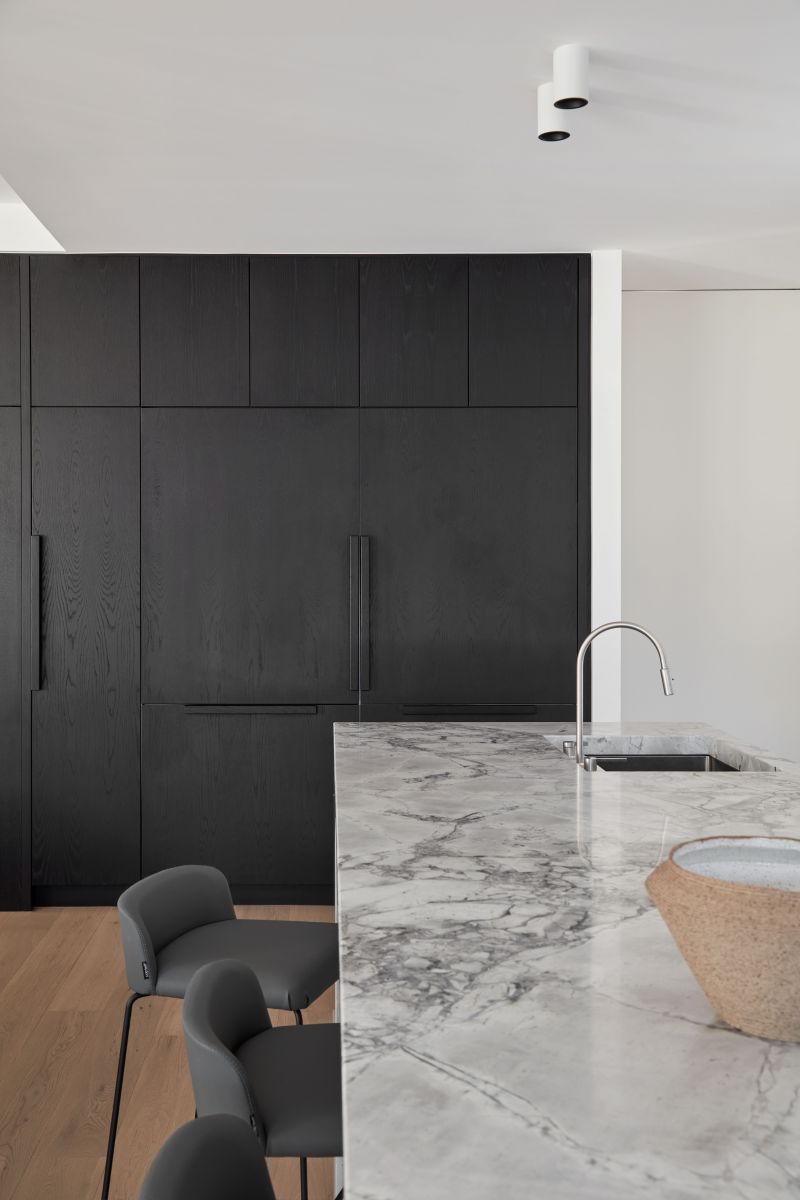
Image credit: Mazzei Homes
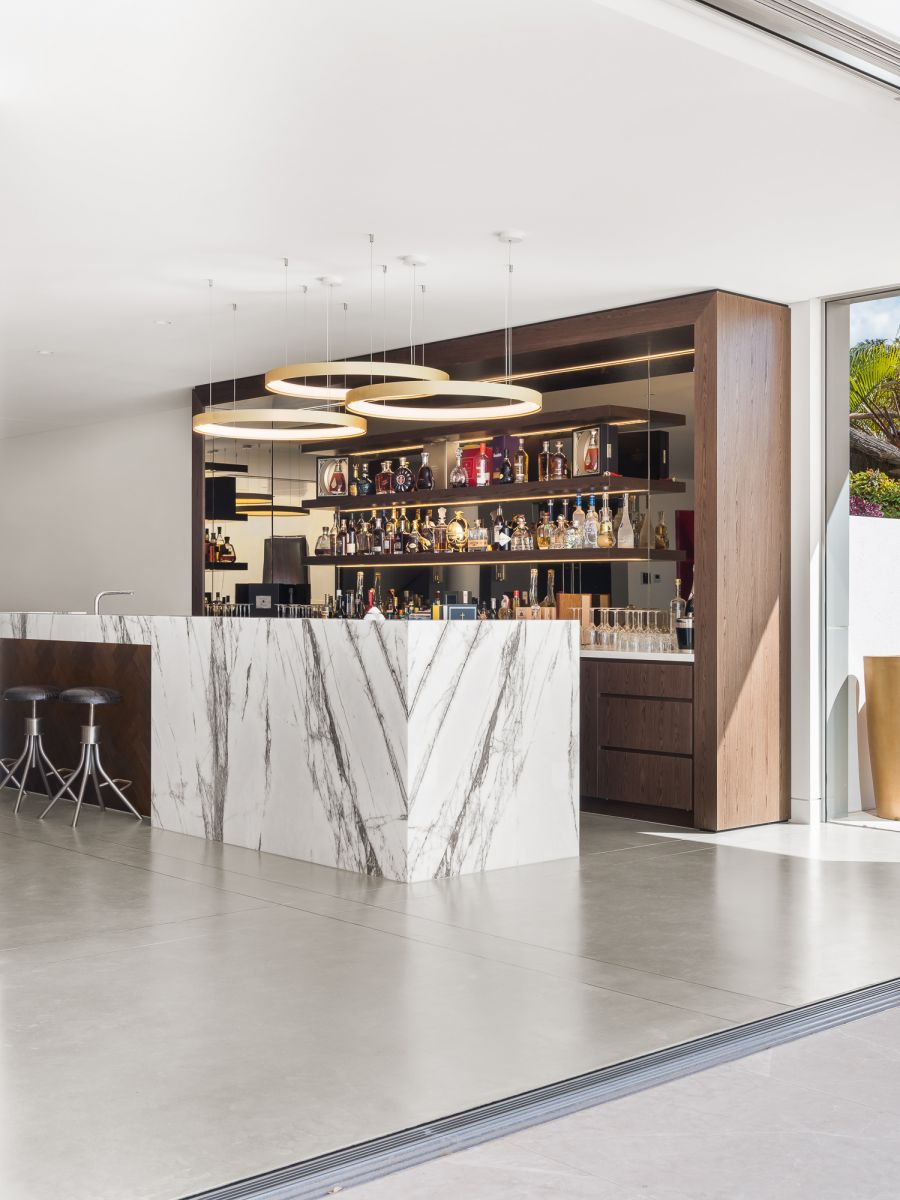
Balnei & Colina | Lower North Shore Sydney Renovations
Silica dust isn't only found in engineered stone benchtops; it can also be present in natural stone, mortar, bricks, tiles, concrete, and even some plastic materials. So, there is a broader issue at hand, but for the purpose of this article, it's important to understand that it's the percentage of silica dust content that matters in minimising the risk to engineered stone industry workers.
The key message is to steer away from stone surfaces that contain a high amount of Silica. The exact definition of "low silica" may vary depending on the industry and specific application, but in general, it refers to materials that contain less than 40% Silica.
Marble, for example, contains 2% silica; granite typically contains 30%; sandstone between 70 and 95%; engineered stone contains up to 97%. If you're shopping for a new benchtop or splashback for your kitchen renovation or bathroom renovation, choosing a stone surface with a lower percentage of Silica content will help reduce the risk to industry workers.
Lower Silica Options to consider:
Zero Silica Options to consider:
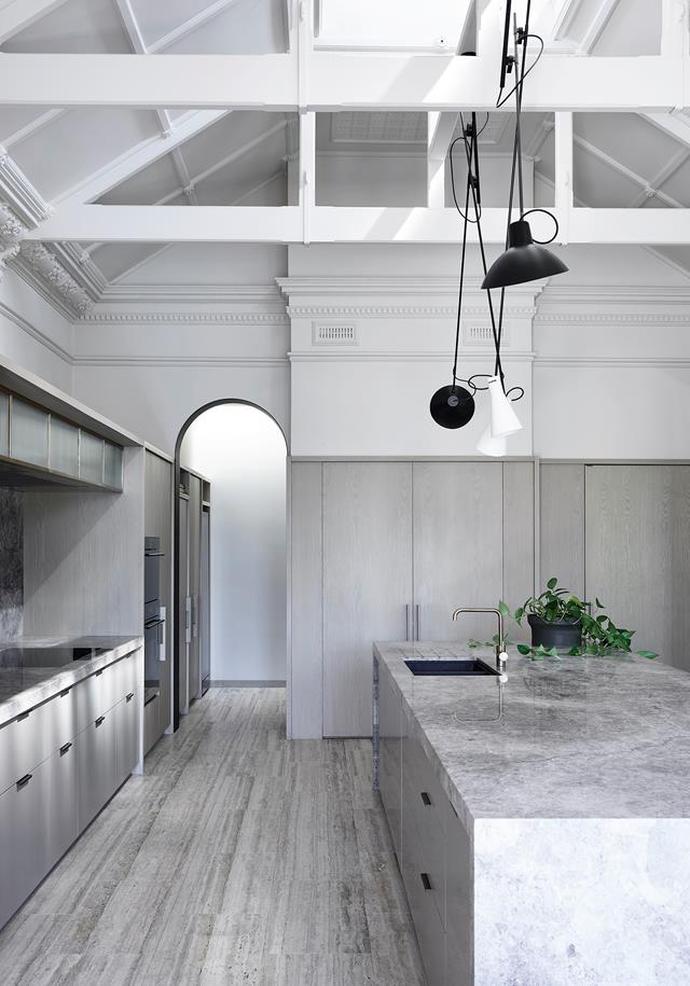
Image Credit: Derak Swalwell Photo
Balnei & Colina | Kitchen Renovation Drummoyne Sydney
There are several alternatives to Silica benchtops in Australia that you can consider. A Balnei & Colina kitchen and bathroom design expert can help you navigate choices around low or non-silica alternatives for your kitchen renovation or bathroom renovation. Some options include:
1. Natural Stone
Natural Stone is more expensive than engineered stone and requires careful maintenance but lasts a lifetime. Certain marbles and limestone have a substantially lower silica content - approximately 2%- compared with engineered stone's 97%, making them a solid alternative.
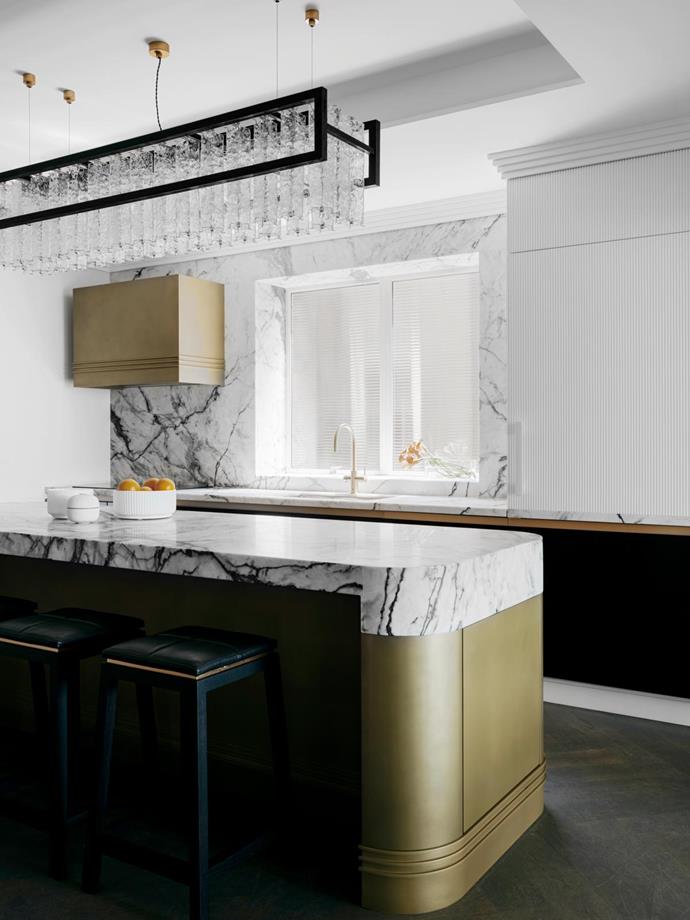
Image Credit: Felix Forest Photo
2. Recycled Glass Benchtops
These are made from recycled glass and offer a unique and eco-friendly alternative to traditional silica-based benchtops. They are available in various colours and styles, making them a versatile choice for any kitchen renovation or bathroom renovation.
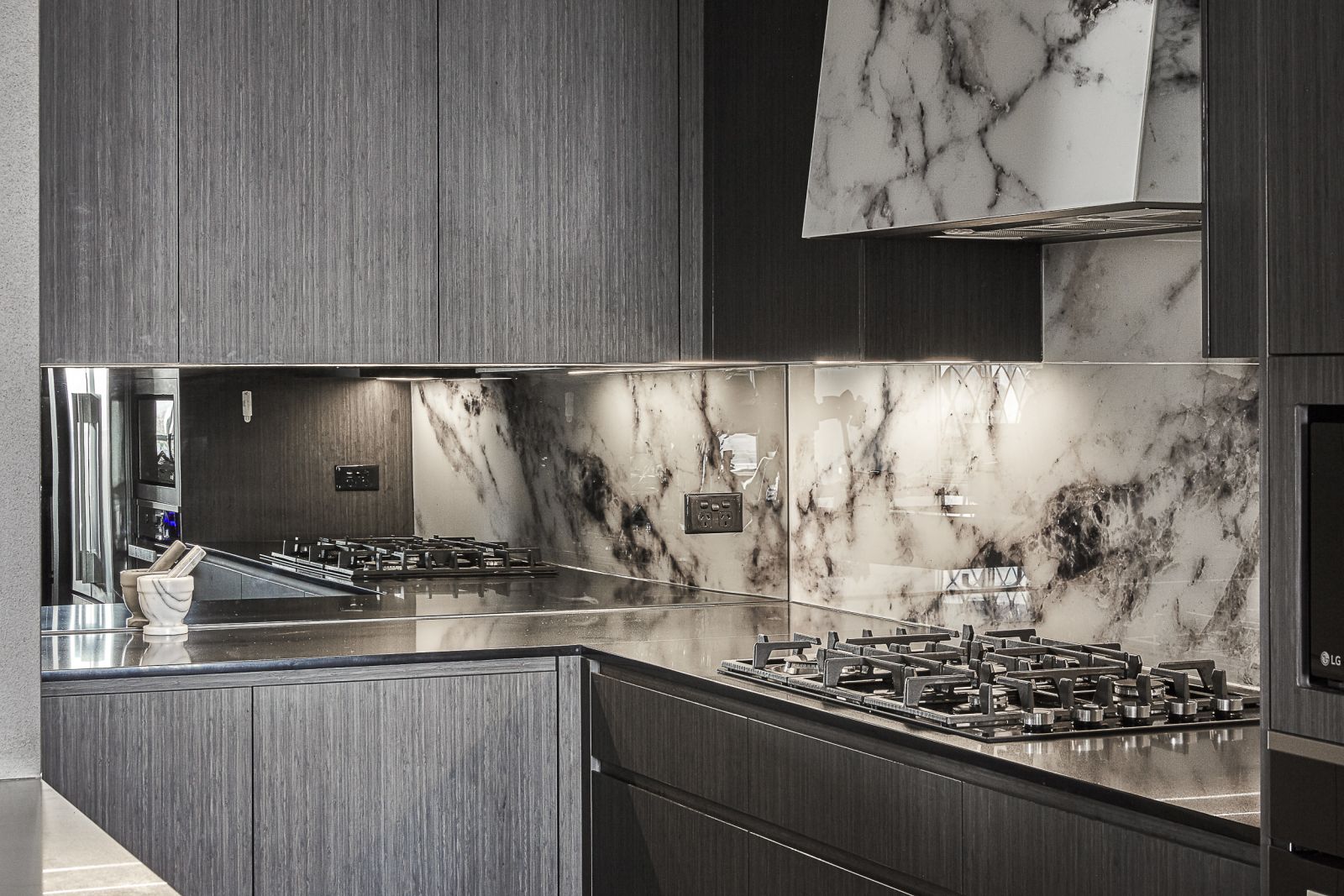 Balnei & Colina | Kitchen Renovation Camperdown Sydney
Balnei & Colina | Kitchen Renovation Camperdown Sydney
3. Porcelain Benchtops
Porcelain is a type of ceramic made from natural materials such as clay and feldspar. It is known for its durability and resistance to scratches and stains, making it an excellent choice for kitchen and bathroom renovation applications. Porcelain benchtops are available in various sizes and colours and can also be used for floors and walls.
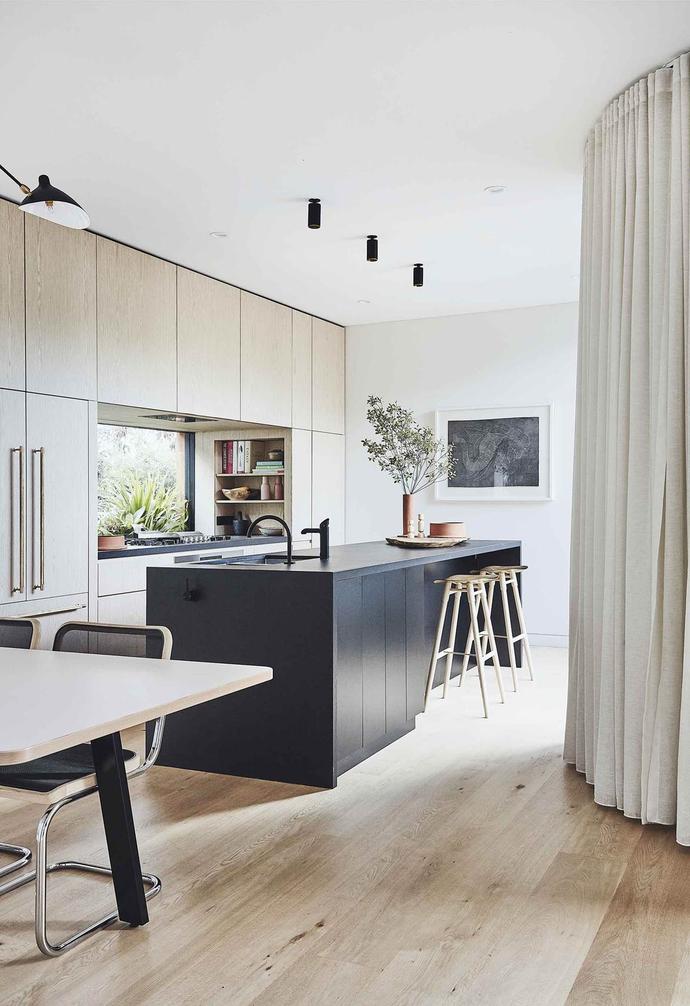
Image Credit: Maree Homer Photography
4. Stainless Steel Benchtops
Stainless steel is a popular choice for commercial kitchens but can also work in residential kitchen renovations. It is durable, easy to clean, hygienic, and offers a sleek and modern look.
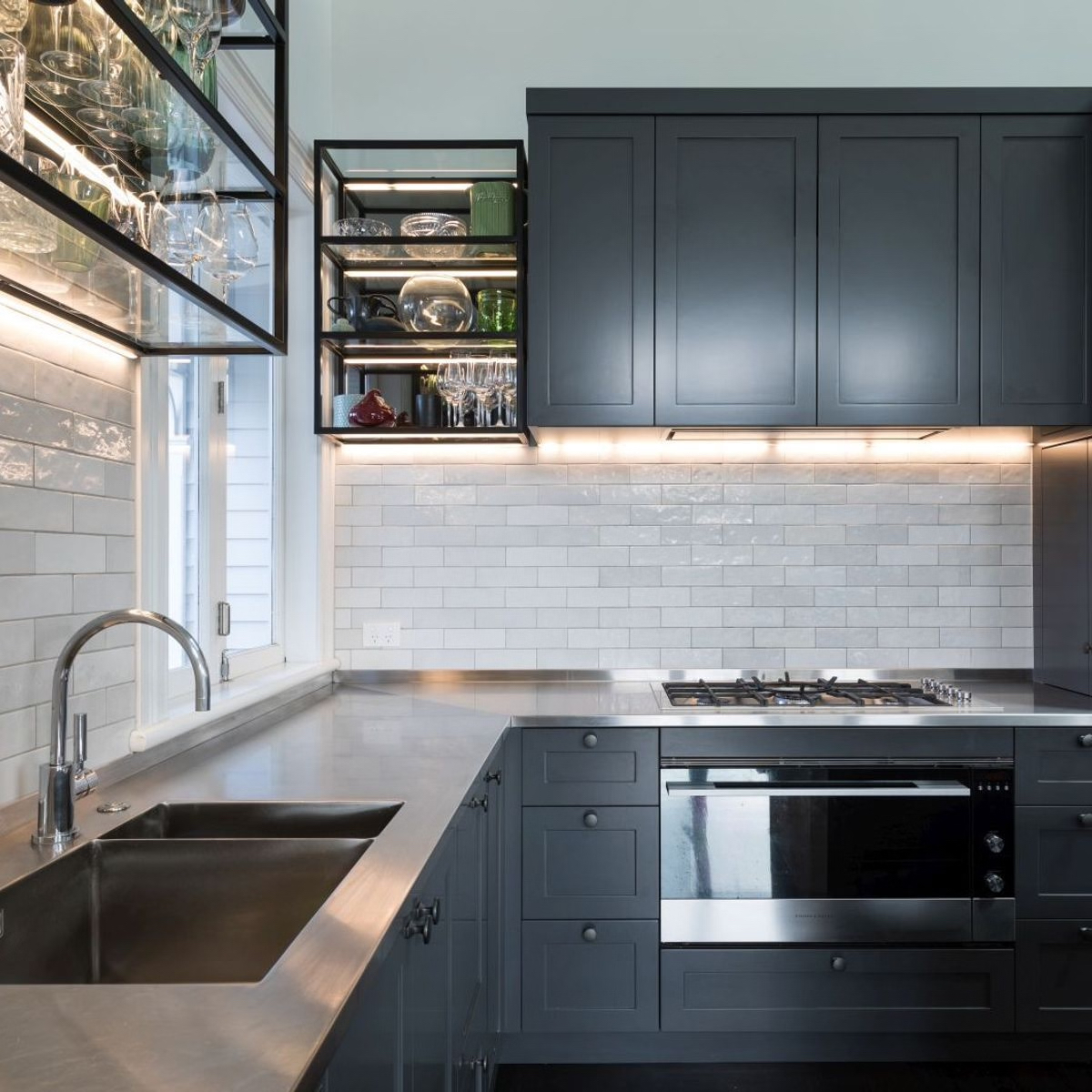 Image credit: Pinterest
Image credit: Pinterest
5. Timber Benchtops
Timber benchtops offer a warm, natural look that can complement various kitchen styles. They are available in a range of wood types and can be sealed to protect against water damage.
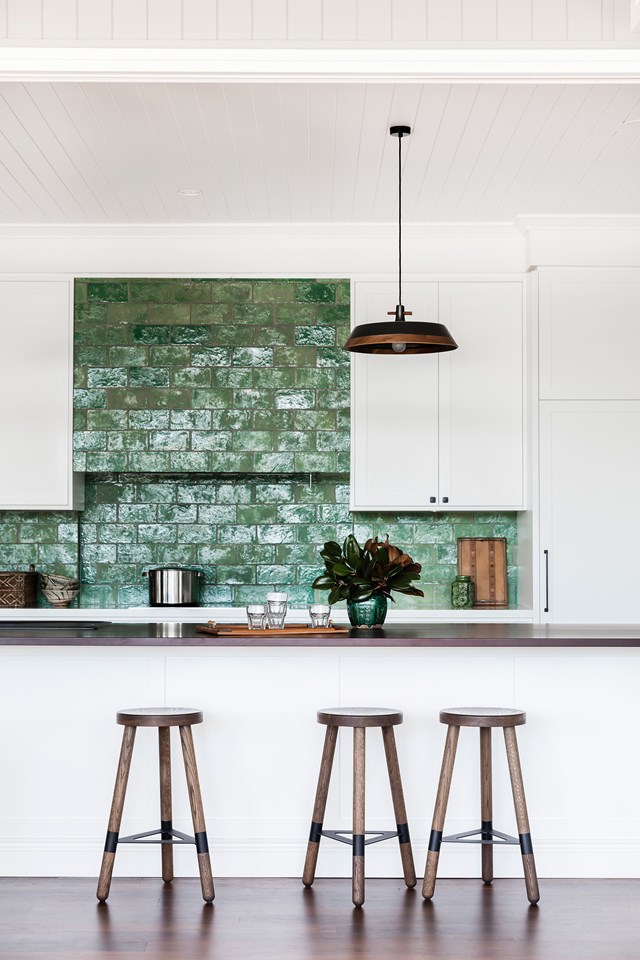
Image Credit: Inside Out
6. Concrete Benchtops
Concrete benchtops have become increasingly popular in recent years due to their durability and industrial-chic look. They can be customised with different colours and finishes to suit your style preference.
For more information about Silica and Silicosis, visit Australian Government websites: Health Direct - healthdirect.gov.au/silicosis and Safe Work Australia - safeworkaustralia.gov.au/safety-topic/hazards/crystalline-silica-and-silicosis.
Need help selecting low or no-silica options for your kitchen or bathroom renovation? Leave it to the renovation experts at Balnei & Colina renovations. Book a kitchen or bathroom design consultation today at 1300 450 320, send us your project details via this contact form, or book a call to discuss your home renovation project in more detail. You can also email us directly via info@balneiandcolina.com.au.
Visit us at balneiandcolina.com.au and connect via Facebook or Instagram to keep up with the latest kitchen and bathroom design trends.
.jpg) Balnei & Colina | Kitchen Renovation Sydney
Balnei & Colina | Kitchen Renovation Sydney
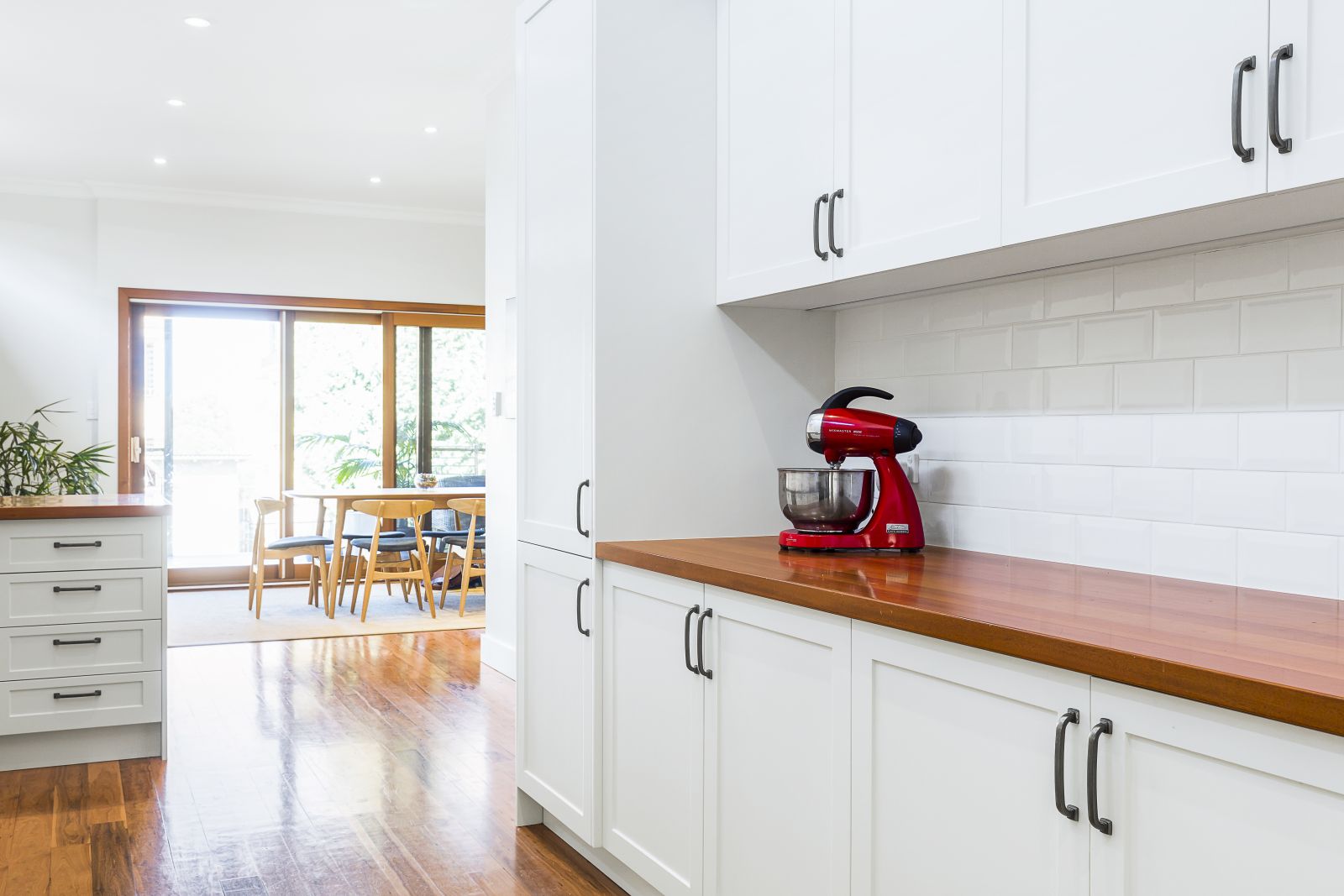 Balnei & Colina | Kitchen Renovation Marrickville Sydney
Balnei & Colina | Kitchen Renovation Marrickville Sydney
Image Credit: Chelsea Hing Design
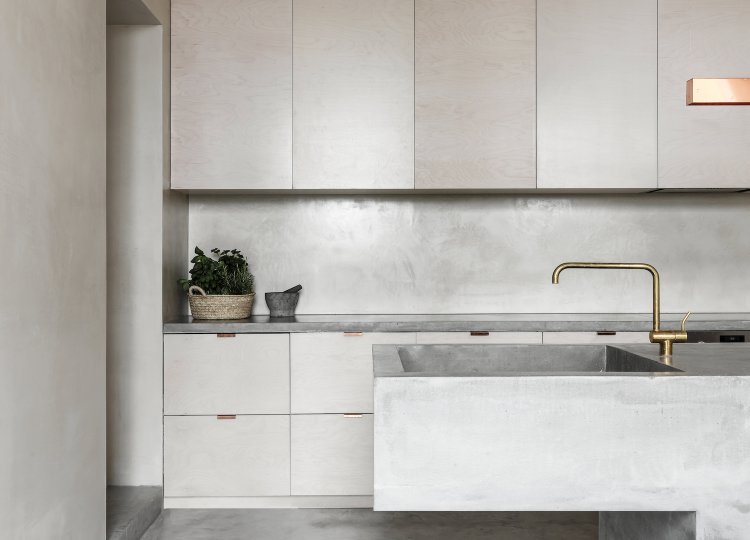
Image credit: EST Living
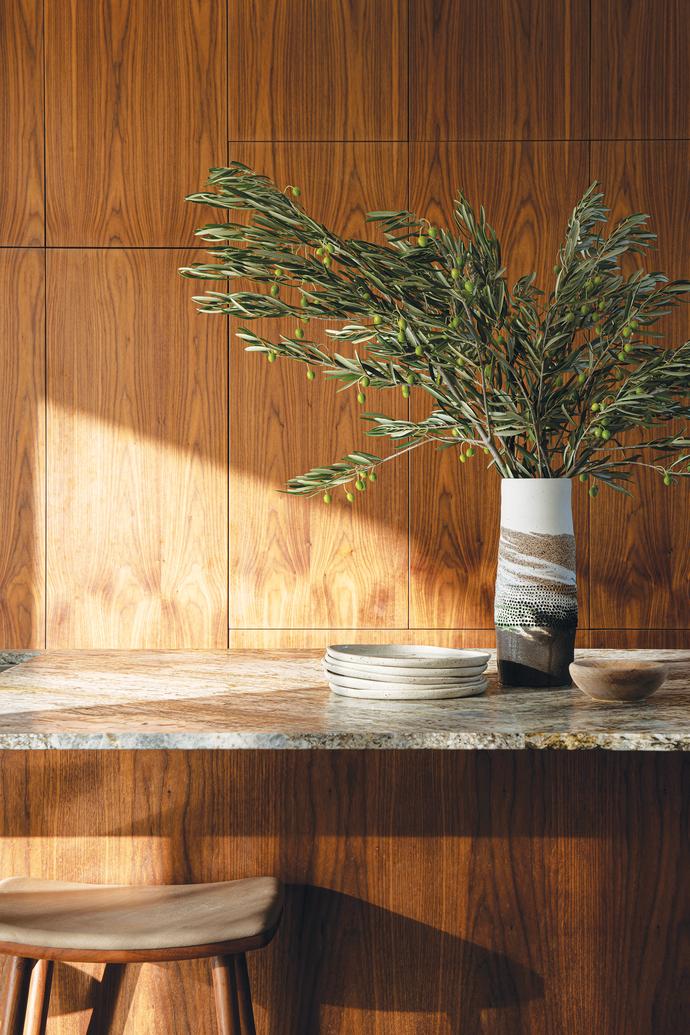
Image via Belle Magazine
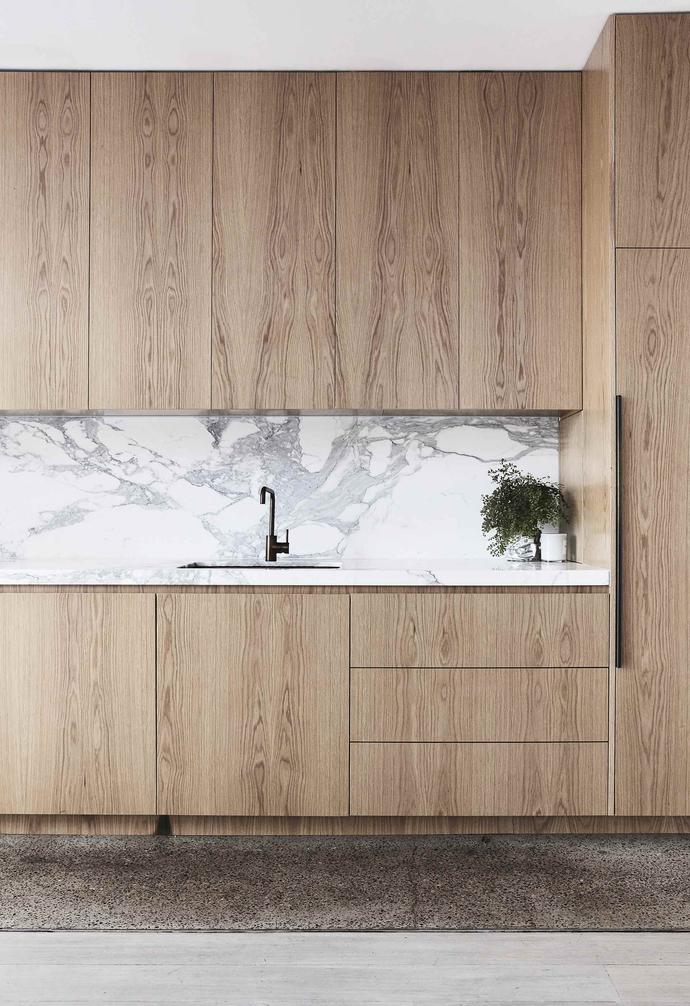
Image credit: Kristy McGregor Interior Design
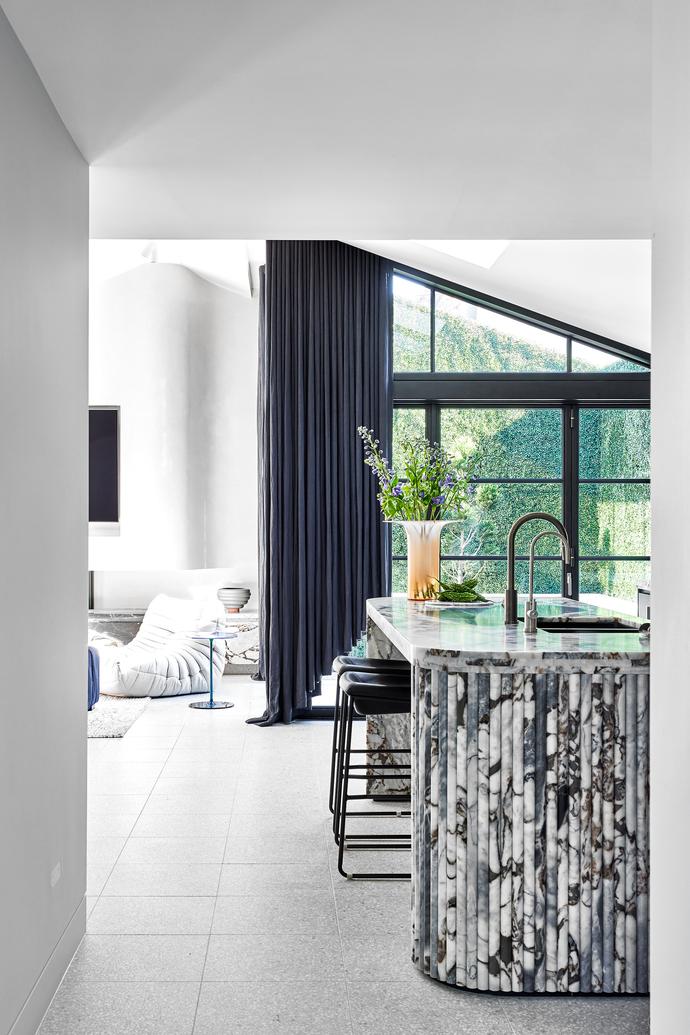
Image credit: Pablo Viega Photography
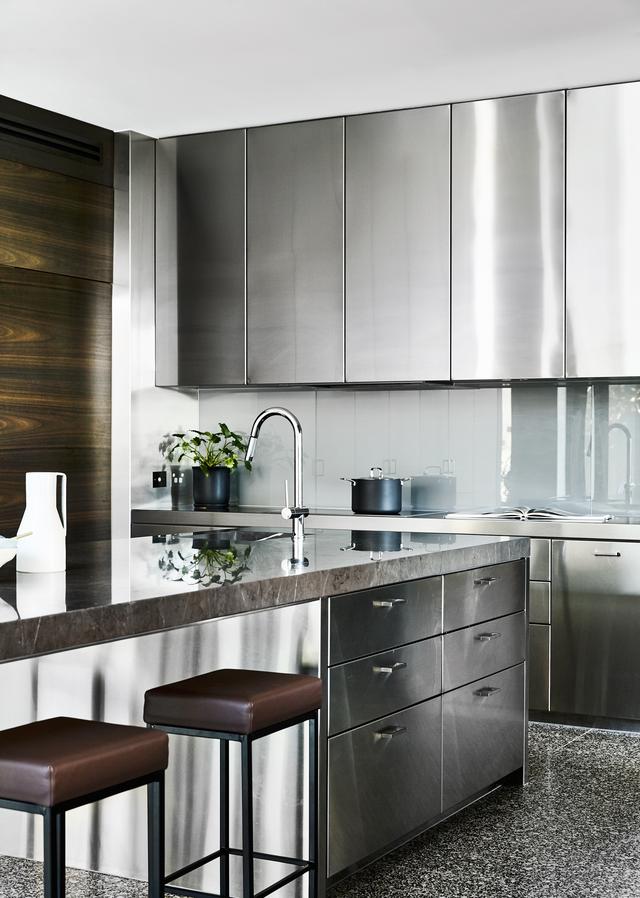
Image Credit: The Spruce
.jpg)
Image Credit: Pinterest
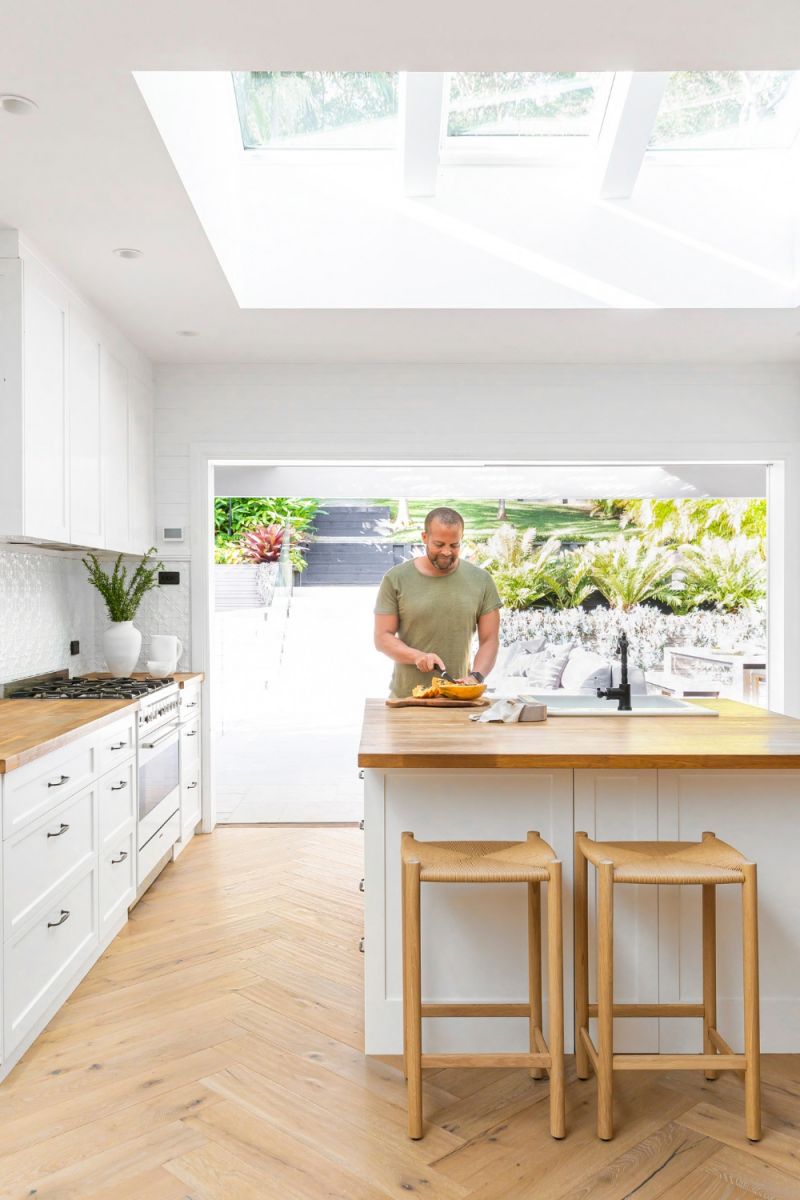
Image Credit: Simon Whitbread Photo
From an entire interior home renovation, to a new kitchen, we take care of everything. Call us today on 1300 450 320 or leave your details below to book your custom design consultation.